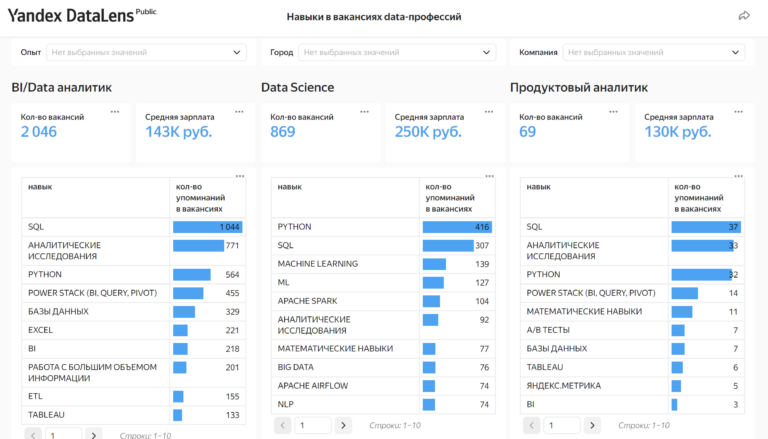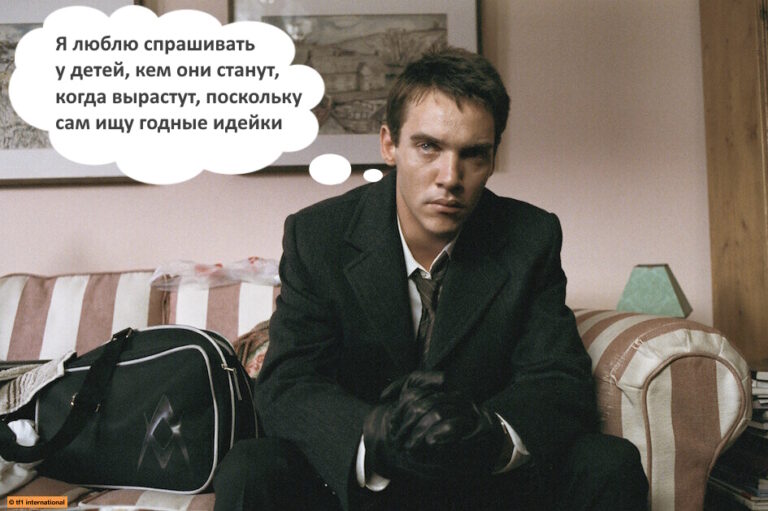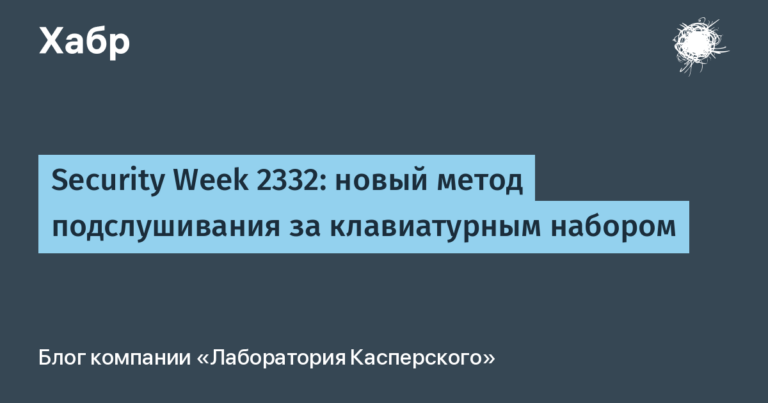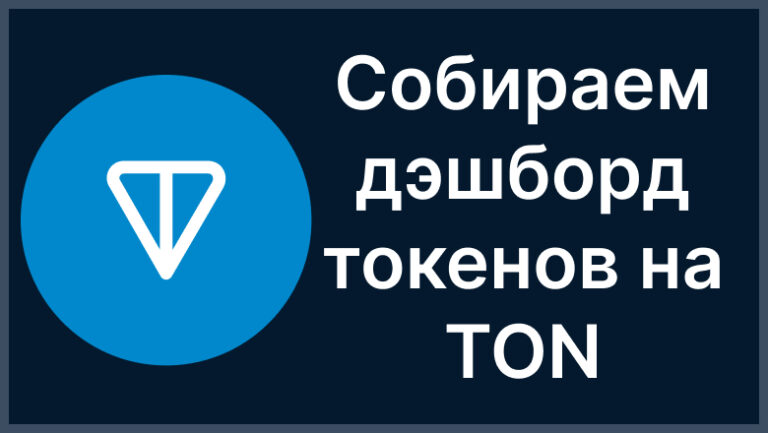 Uncanny Valley – Contestants for AI Songs
Uncanny Valley – Contestants for AI SongsFor artificial intelligence to be useful, it must be easy to manage. A competition in which people and machines wrote songs together showed what exactly needed to be fixed.
Welcome home welcome home oh oh oh the world is beautiful the world is not a particularly memorable text. But after listening to the song Beautiful the World a dozen times, the chorus stuck in my head and my leg kicks out. Not bad for a melody generated by an artificial intelligence that trained on Eurovision hits, koalas and giant kingfishers screaming.
In May, Beautiful the World won the AI Song Contest organized by the Dutch TV company VPRO. 13 teams from all over the world have tried to create a pop hit using artificial intelligence.
Uncanny Valley – Beautiful the WorldThe winning song was written Uncanny valley, a team of musicians and computer scientists from Australia who have combined human songwriting skills with contributions from artificial intelligence. “Their music came out exciting,” says Anna Huang, artificial intelligence researcher at Google Brain and one of the judges of the competition. “And the mixed approach is brilliantly implemented.”
Many believe that AI will become useful in the near future through collaboration. Teams of people and machines will work together to leverage their strengths. “Sometimes AI can be an assistant, a simple tool,” says Carrie Kai, Huang’s Google Brain colleague who studies human-computer interaction. – Or AI will work as a co-author, another composer. AI can level up, give you super powers. It’s as if you are creating with Mozart. “
For this to happen, artificial intelligence tools must be easy to use and manage. The AI Song Contest has proven to be a useful test of how to get things done.
Huang and Kai and their colleagues looked at the strategies that different teams followed to interact with AI. In many cases, people tried their best to get machines to do what they wanted, but ended up inventing workarounds. Researchers have identified several ways to improve AI tools and make collaboration easier.
A common problem was that large AI models were difficult to interact with. They could write a promising draft of a song. But it was not possible to give a model for editing for the second attempt. Teams couldn’t go in and tweak individual parts, or instruct the AI to make the tune more fun.
As a result, most of the participants used small models that generated specific parts of the song, like chords and melodies. The results were then stitched together by hand. Uncanny Valley used a special algorithm to match lyrics and melodies created by different AIs.
A team called Dadabots x Portrait XO didn’t want to repeat the same chorus twice, but couldn’t figure out how to get the AI to change the second version. As a result, she used seven models and put together different results to achieve the desired variability.
Huang said it was like a jigsaw puzzle: “Some teams felt the ‘puzzle’ was unreasonably difficult, but others were thrilled because they had so many raw materials and colorful puzzle pieces to assemble.”
Uncanny Valley has provided itself with the help of AI with various ingredients. Including melodies that were written by a model trained in the screams of koalas, kookaburras (huge kingfishers) and Tasmanian devils. Then the people on the team connected them.
“It’s like working with a freaky collaborator who isn’t good at songwriting but is rewarding,” said Sandra Whitdenbogerd, a computer scientist at Melbourne Royal University of Technology and a member of Uncanny Valley. “And we choose the pieces that we can work with.”
But it was more of a compromise than cooperation. “To be honest, I think people would have done just as well,” says Whitdenbogerd.
AI models get output at the individual note or pixel level – when they create images. They don’t see the big picture. People, on the other hand, usually compose in terms of the lyrics and chorus, and how the song is structured. “There is a mismatch between what the AI produces and our thinking,” says Kai.
Kai wants to redesign the AI models to make them easier to work with. “I think it will increase the feeling of control for users,” she says.
Musicians and artists are not the only ones to benefit from change. By making it easier to use AI and giving people more ways to interact with work results, models will be more reliable wherever they are used, from law enforcement to healthcare.
“We’ve seen that giving doctors the tools to manage AI affects their willingness to use AI in principle,” says Kai.






